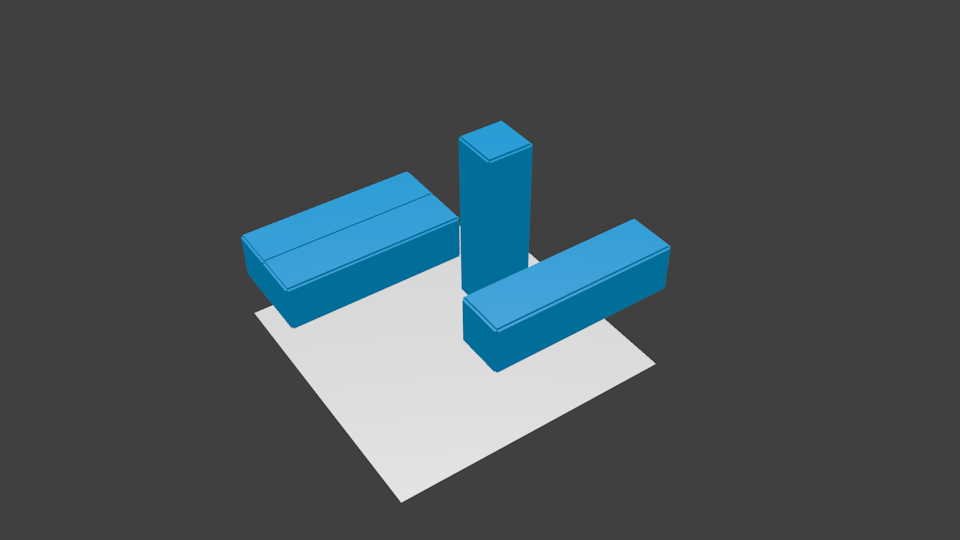This is a three-dimensional nonogram. The first six squares depict the layers of a $6\times6\times6$ cube. The final square gives the enumerations for the Z-axis, top to bottom. Some rules:
- The grid has five different colours: Red, blue, green, orange and purple. The black numbers can refer to stretches of any colour, whereas coloured numbers are always the same colour of the squares they refer to. Cells filled with different colours do not need to have a gap between them (that is, "1 1" can refer to one red cell and one blue cell which are adjacent to one another).
- If a row or column has no numbers, that means that the composition of that row/column is unknown. Note that this is different than the usual practice in nonograms where a missing number means that the row/column has no coloured cells at all. In our case, such rows can be explicitly marked with a zero.
- The Z-axis enumerations are all single digits, so e.g. 11 means two stretches of one, not one stretch of eleven. Similarly, "4x1" means four stretches of one.
Can you guess what is going on? What would you recommend next?









